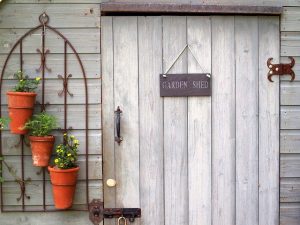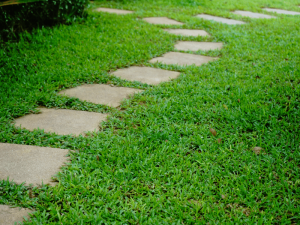3 Ways to Build Raised Beds in Your Garden
This page may contain affiliate links. If you buy a product or service from an affiliate such as Amazon after clicking a link on this website, we earn a commission from qualifying purchases.
There are a lot of advantages to using raised beds to grow vegetables. One of the main ones is the ease of use. Especially if you have a bad back or have trouble getting up and down.
Let’s take a look at a few more of the raised bed gardening plus-points.
- You can grow a lot of crops in a small area
- You have more control over the quality of the soil inside the raised bed than you do in a traditional garden
- Raised beds are easy to manage if they’re built to a manageable size (hint: you should be able to reach the centre of the bed from at least two sides, without walking on the soil)
- Plants inside a raised bed are easier to water and feed because they’re closer together (and there’s less waste)
- There’s less soil compaction because there’s no need to walk on the soil inside the bed
- Fewer weeds because of plant density (less weeding – yay!)
Perhaps the only disadvantage to using raised beds is they need building and filling. But the building part is something you do only once. After that, all you need to do is top up the soil inside the bed each year with compost. This will eventually break down and feed the soil underneath.
You probably don’t need any more convincing, so let’s take a look at some of the materials you can use to build raised beds.
Use wooden blocks bought it kit form
You can construct a raised bed using wooden blocks and pegs. They come in kit form with a set of instructions for you to follow. You knock the plastic fixings into the holes in the blocks to join them together. They are an attractive, but expensive choice, in my opinion.
You must look after the timber as you maintain your decking. Treat it with a preservative every few years to keep it looking good. They are not suitable for building large raised beds because their strength comes from the box shape.
Bricks or Blocks
If you want a permanent solution for your garden, think about using bricks or blocks to create them. Here is how to build one yourself.
- Dig a foundation trench for your wall. Make it twelve inches wide by eight inches deep.
- Half fill the trench with sand and hardcore, and ram it until it is solid. Take your time on this part of the job; it is crucial to the strength of the structure.
- Fill the rest of the trench with concrete and allow it to set overnight.
- Lay the bricks or blocks up to the level that you require. Check the levels regularly to make sure the wall is true.
- Line the raised bed with a waterproof membrane.
- Fill the bed with soil and compost.
Railway Sleepers
The third, and most attractive method of building raised beds is with reclaimed railway sleepers. You have two options; either lie and stack them horizontally or dig a trench and bury them vertically. The advantage with the latter is that you can cut a wave shape into the top of the sleepers, with a chainsaw.
If you are laying the sleepers horizontally, you must drill and fix them together with long coach bolts. It is hard work, and you will need a socket and wrench for driving the fixings. Stagger all of the joints and overlap the corners.
Sleepers look natural in the garden and give it a rustic feel. They will last for decades because of the preservation treatments they received when they were new.
The effort you put into raising the beds now will repay you tenfold in years to come. They are attractive garden features too, so it is a win-win project. I think it’s time I made a start on mine; time is wasting.



